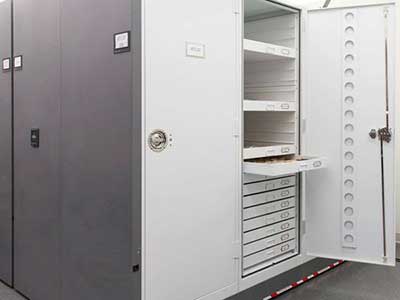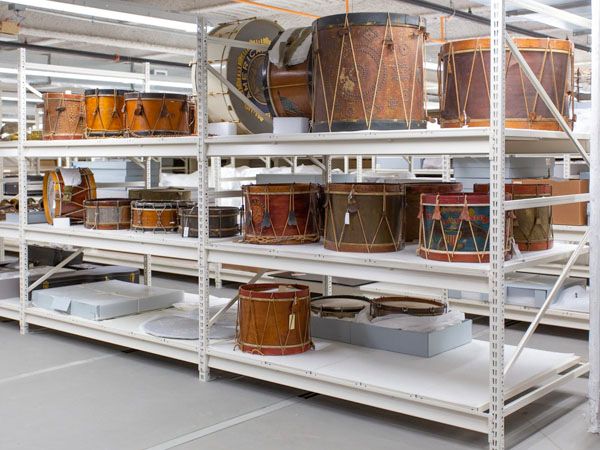Creative Ways to Limit Light Exposure
Risk Management in Museums
Limiting unnecessary light exposure is always a major concern as museums seek to balance collection preservation with access to collections. Even dim lighting affects delicate materials, so lighting should be a significant consideration of any institution’s risk management strategy for collections storage areas.
Here’s how to limit light exposure in museum collections areas.
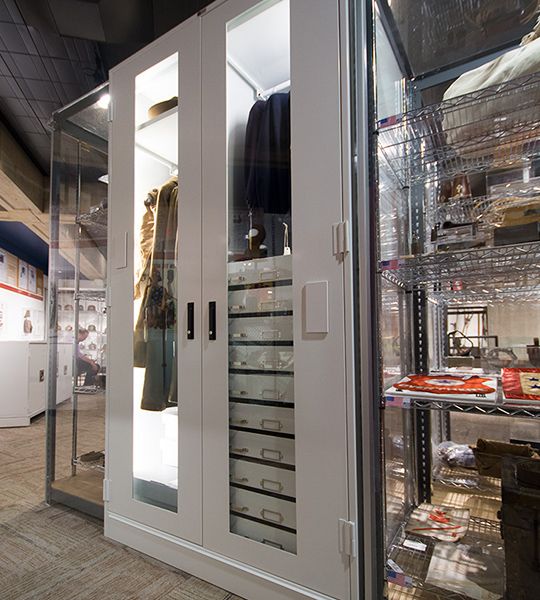
1. Determine the acceptable light levels
It’s important to consider the makeup of various collections when deciding what to display. Some materials, like stone, metal, and glass, are relatively unaffected by light exposure, while others will degrade quickly if exposed to UV light.
LED lighting technology has advanced rapidly in recent years. The general consensus is that LED systems don’t emit UV rays and are therefore much safer to display collections. For instance, this client specified 2700K as the temperature for their illuminated museum cabinets.
This chart, developed by the Conservation Center for Art and Historic Artifacts, shows recommended light levels for various materials in storage and work areas.

2. Block Windows
Most modern collections storage areas are windowless, but if your collections storage area is in an historic building, you’ll need to block window light with shades and heavy curtains, or you might be able to board them up entirely. Be sure to check with your facility’s building manager first to maintain compliance with egress codes.
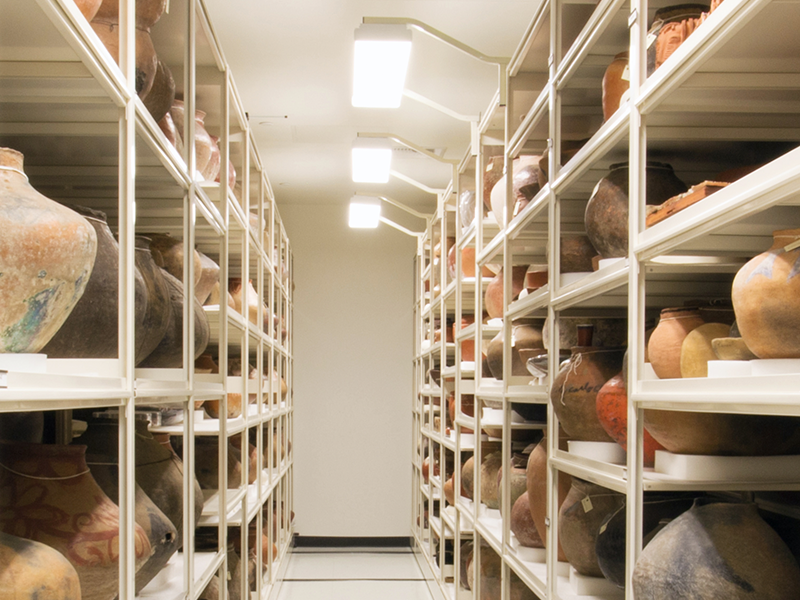
3. Consider Automatic Aisle Lights
If you’re planning a collections area renovation and are considering compact storage (shelves that slide on rails), opt for automatic aisle lights. These LED lighting fixtures illuminate when an aisle in a compactor system is opened, and they turn off automatically when the aisle is closed.
Providing the Best Environment
Light damage is permanent, which means there’s no way to restore an object or specimen that’s been damaged by light exposure. Be sure to provide the best environment for materials entrusted to your care.
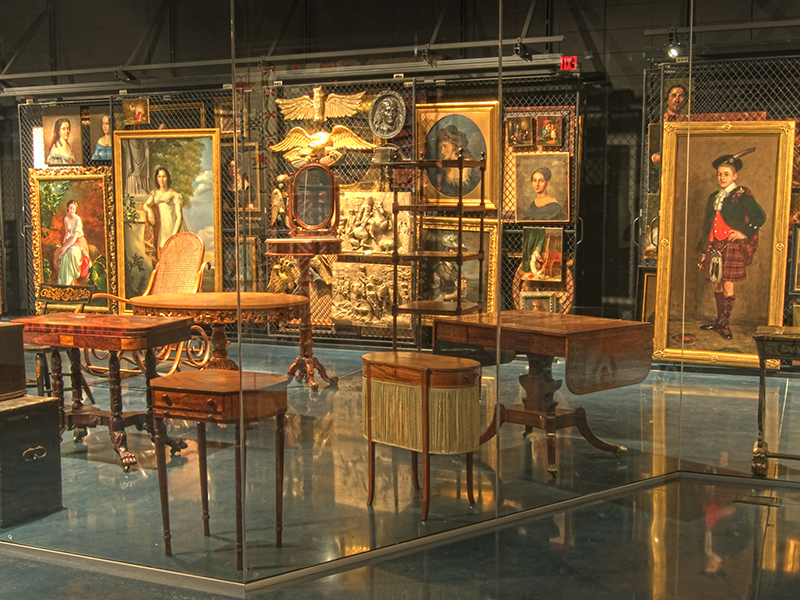
4. Consider Sliding Art Racks
Some museums are incorporating visible storage areas, which double as public viewing areas and storage. In this museum, sliding art racks offer visitors a glimpse into the collection while allowing museum staff to control which paintings are exposed to light. In addition to protecting the works from unnecessary light exposure, this solution also minimizes the risks inherent to handling and transport. That’s because the entire racks are moved instead of moving individual paintings (paintings are generally hung on the art racks and left in the same place).

5. Cover or Contain Particularly Sensitive Objects
If ambient light can’t be limited sufficiently, cover sensitive objects with a non-reactive material or place them in a museum cabinet to protect them. Remove them from their protective environment only when they are needed for research, conservation, or other specific uses.
6. Be Sure to Turn Off the Lights
It might sound obvious, but it’s important to post signs reminding staff and visiting researchers to turn off the lights when they leave collections storage areas. Invest in motion detectors to help prevent unnecessary light exposure.

Want to learn more about risk management in museums? Download the full guide!
Want to learn more about risk management in museums? Download the full guide!

Related Products
Next Up in Museums
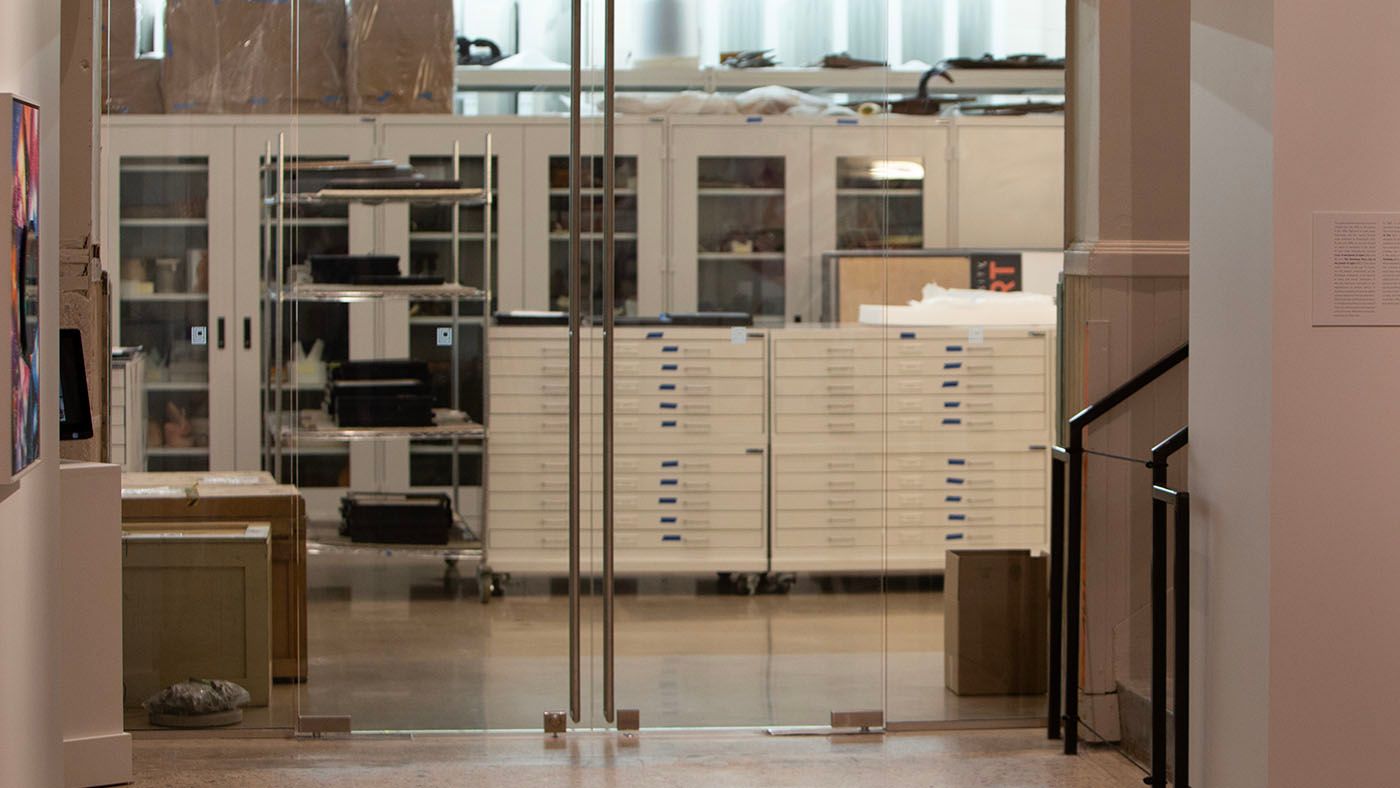
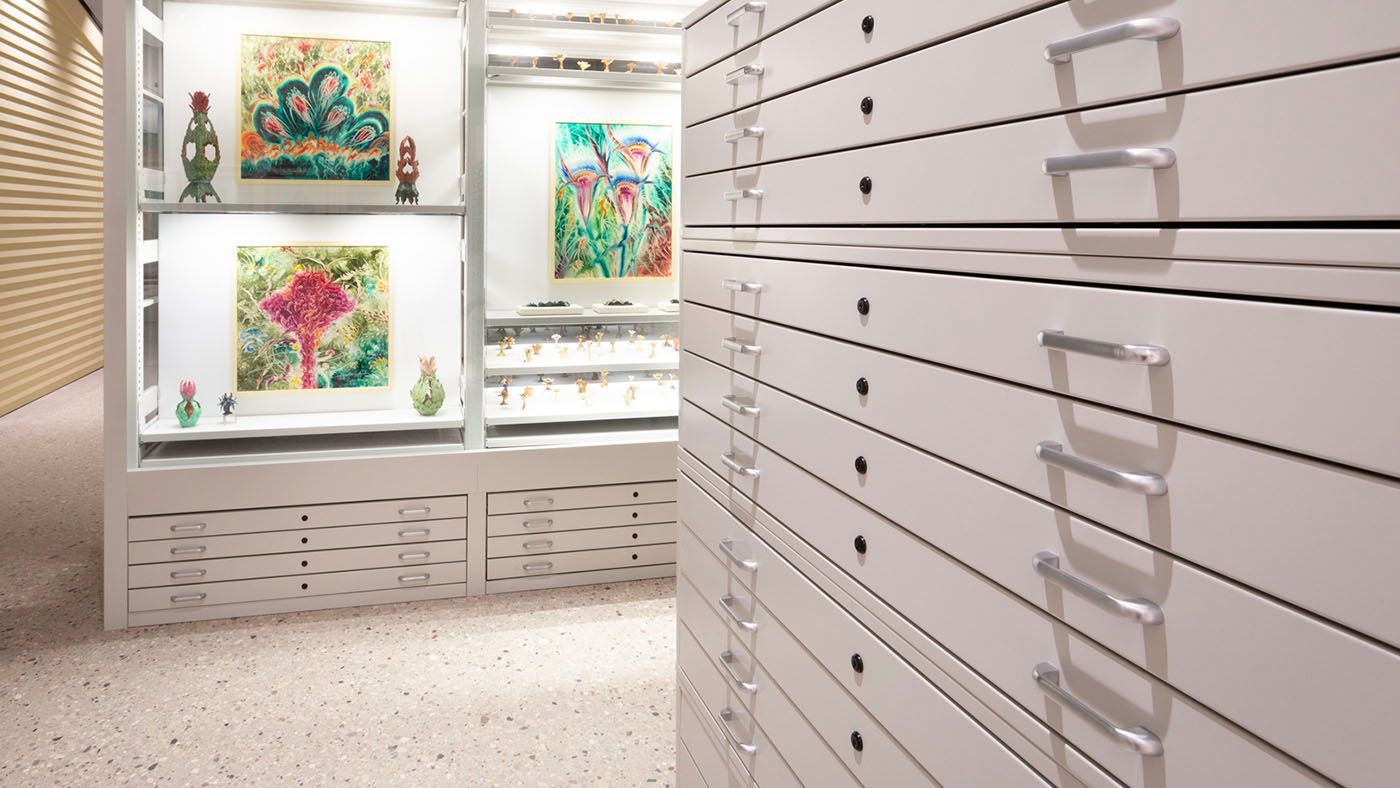
Secure and Preserve Your Art Collections with Premium Museum Storage Cabinets
Read On
Storage solutions for preserving historical artifacts in limited spaces.
Read On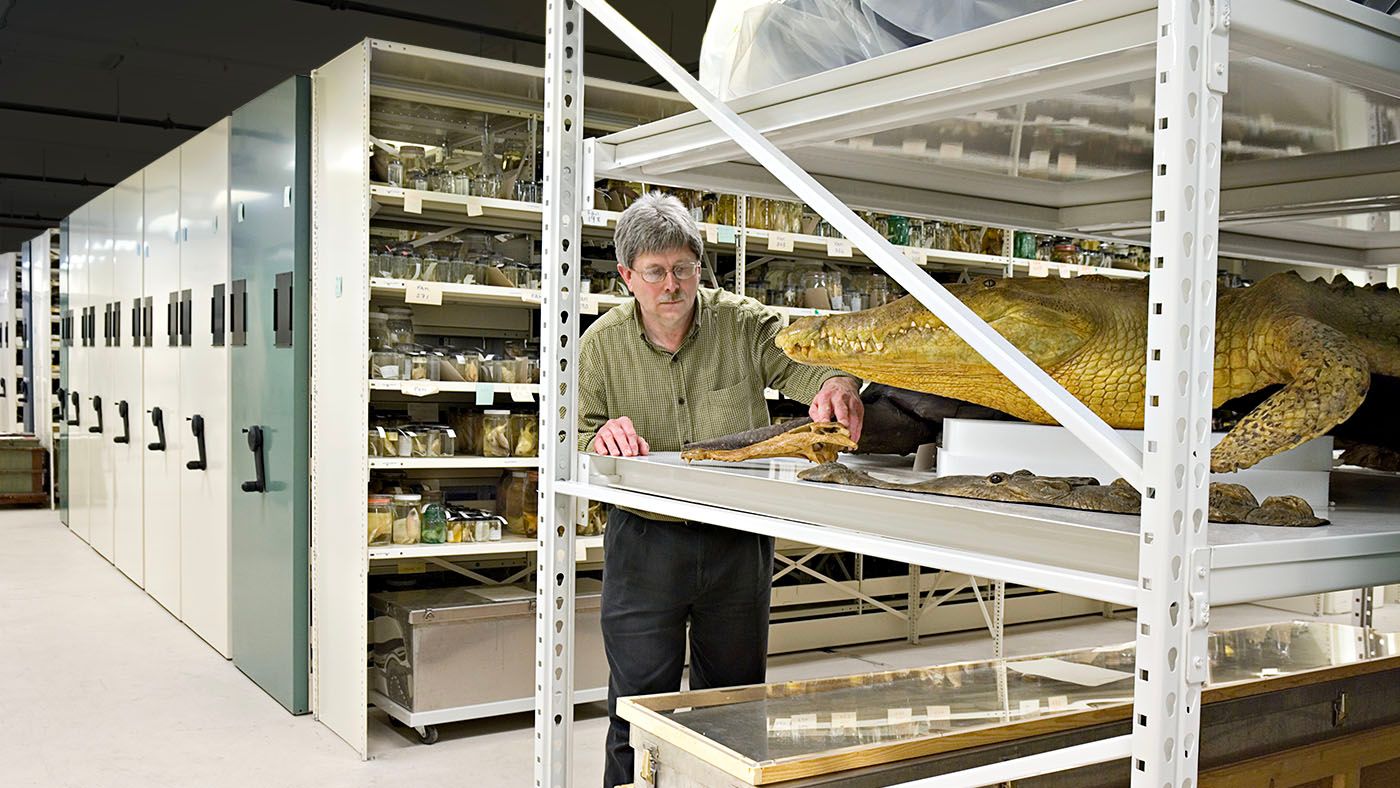
How the right storage solutions can help mitigate damage and preserve history.
Read On
